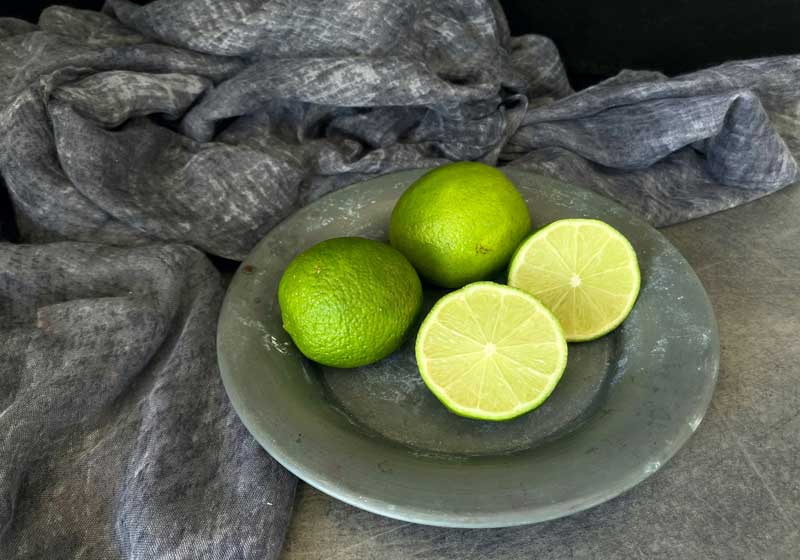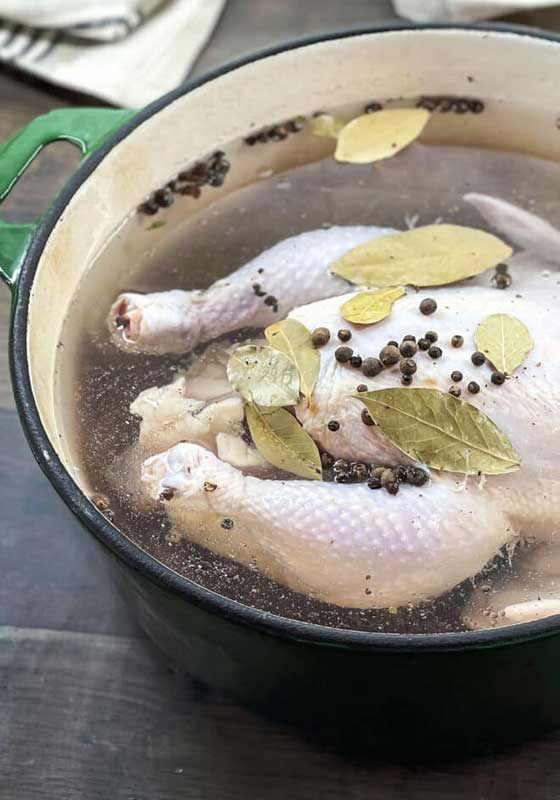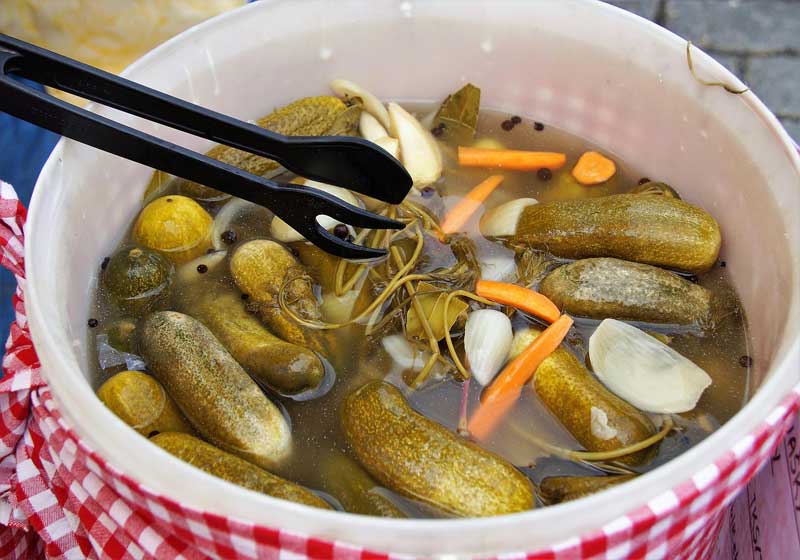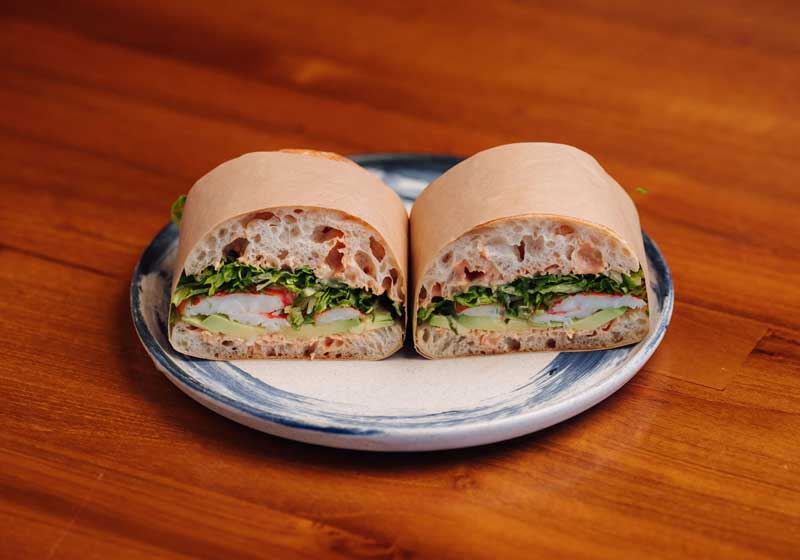Achieving flavour clarity is a cornerstone of refined cooking, where each element in a dish sings in harmony rather than competing for attention.
Citrus, brines and acidic ingredients are essential tools for Chefs seeking to brighten flavours, balance richness and bring focus to a plate. Used with precision, these ingredients can elevate a dish from flat to vibrant, sharpening the palate and enhancing complexity without overpowering the core elements.
Citrus is a natural amplifier. Lemons, limes, oranges, grapefruit and yuzu offer both acidity and aromatic oils that create freshness and lift. The key to achieving clarity with citrus lies in balance and restraint.

A squeeze of lemon can cut through the richness of creamy sauces or fatty proteins like duck or pork belly, while a whisper of lime zest adds brightness to ceviche, dressings or desserts. The bitterness of grapefruit can temper sweetness and yuzu brings an exotic floral tang that complements seafood and broths.
To maximise impact, Chefs often use citrus in layers: juice for tang, zest for aroma, segments for textural contrast. For example, a scallop crudo may be dressed in a yuzu and lime vinaigrette, garnished with micro herbs and a few citrus pearls to bring clarity and brightness without overshadowing the delicate seafood.
Brines offer a more subtle form of flavour enhancement. Whether it’s a traditional salt brine or something more complex with spices, vinegar or sugar, brining not only seasons deeply but also alters texture and moisture content. Salt is a natural flavour enhancer that helps unlock hidden notes in meats, vegetables and even fruits.

Brining can be used to draw out flavour from ingredients or to prepare them for a complementary acidic or citrus-forward finish. A brined chicken, for instance, when paired with a lemon herb butter or a preserved lemon gremolata, delivers a double hit of savouriness and acidity that feels rounded, not jarring.
Similarly, pickled vegetables - another form of acidic brine - can be used to punctuate fatty or umami-heavy dishes with needed sharpness and crunch.
Acidity, whether from vinegar, verjuice, tamarind, fermented juices, or even cultured dairy like yogurt, creates contrast. A well-judged acid component clears the palate, resets the taste buds and enhances perception of sweetness, salt and umami.

Achieving clarity with acids involves understanding their strength and origin. Aged balsamic brings depth and sweetness, while white wine vinegar is crisp and clean. Rice vinegar is softer, often used in Japanese cuisine where clarity and purity are prized.
One of the most effective techniques is layering acids at different stages of cooking. A splash of vinegar during braising can counteract heaviness, while a bright finish of lemon juice just before serving sharpens flavours and gives a dish lift.
Acid can also form the backbone of sauces and dressings - think of a beurre blanc or a sharp vinaigrette - where the balance of fat, acid and sweetness must be carefully calibrated to avoid muddiness.
Ultimately, flavour clarity with citrus, brines and acids is about intention. It’s not just about making food sour or sharp, but using these elements with precision to frame and enhance other flavours. When used thoughtfully, they bring focus, dimension and vitality - transforming a good dish into something truly memorable.







